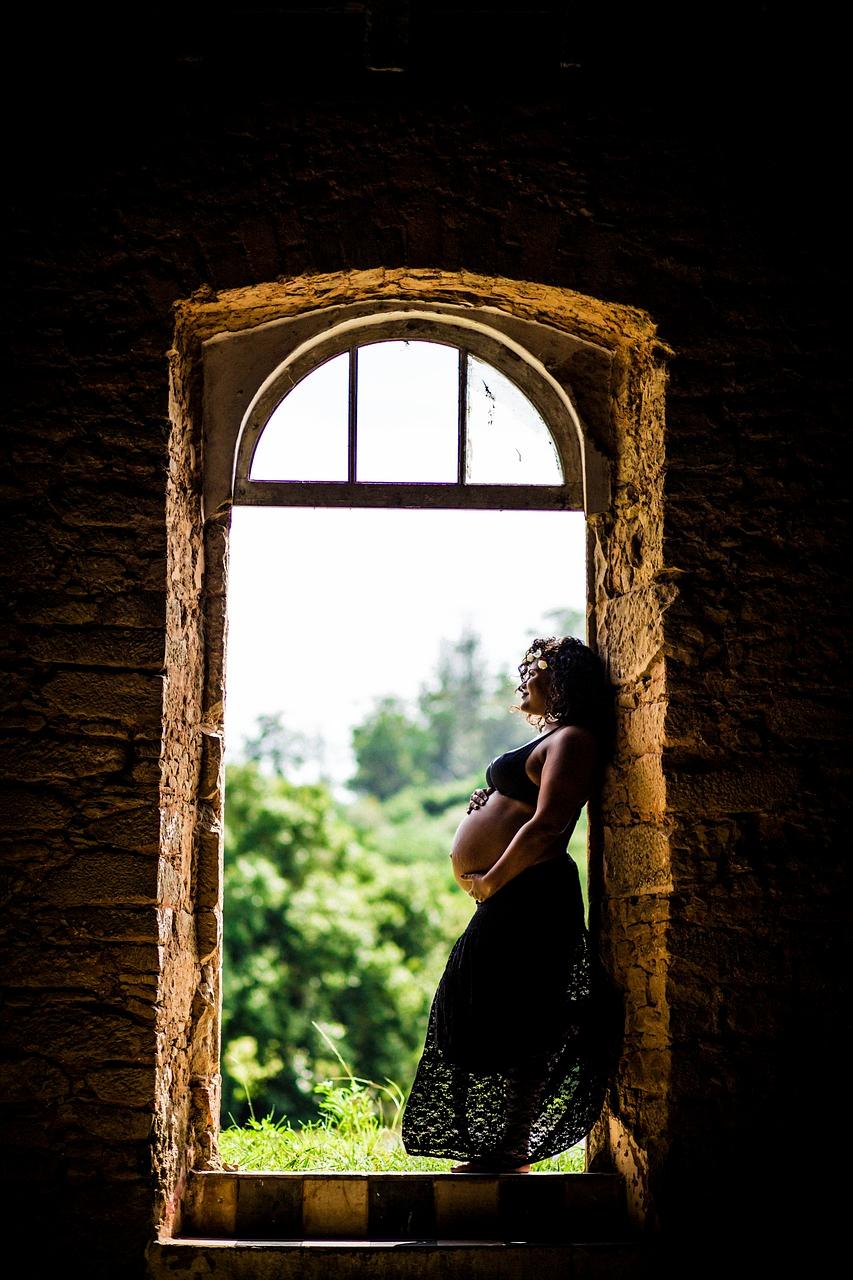When it comes to testing early for pregnancy, many people are eager to find out as soon as possible if a new bundle of joy is on the way. Thanks to advancements in home pregnancy tests, it is now possible to detect the presence of hCG in your urine even before your expected period. This hormone is produced by the placenta shortly after a fertilized egg attaches to the uterine lining.
Choosing the Right Test
Not all pregnancy tests are created equal when it comes to early detection. Some tests are specifically designed to detect lower levels of hCG in your urine, which can increase the chances of receiving a positive result earlier than expected. Brands like Clearblue offer Early Detection Pregnancy Tests that boast a high accuracy rate in detecting pregnancies up to 6 days before a missed period.
Timing Is Key
It’s essential to understand your menstrual cycle and when ovulation occurs to maximize the accuracy of early pregnancy testing. Testing too early can result in a false negative, as hCG levels may not be high enough to be detected. On the other hand, waiting too long can diminish the window of early detection opportunity.
Early Pregnancy Symptoms
While it’s tempting to rely solely on pregnancy tests for confirmation, being aware of early pregnancy symptoms can provide additional clues. These may include implantation bleeding, breast tenderness, fatigue, and nausea. However, it’s important to note that symptoms can vary greatly from person to person.
Preparing for Testing
Before conducting an early pregnancy test, it’s crucial to carefully read the instructions provided with the test kit. Ensuring that you follow the guidelines accurately can help prevent errors that may impact the reliability of the results. Additionally, it’s advisable to use first-morning urine for testing, as it is more concentrated.
Testing Process
When you’re ready to take the test, make sure you have a clean, dry surface to work on, as well as a timer to keep track of the test timing. Avoid excessive fluid intake before testing, as it may dilute your urine and affect the accuracy of the results. Follow the instructions carefully, including the recommended waiting time before interpreting the results.
Interpreting Results
After the designated waiting period, check the results provided by the test. A positive result typically displays as two lines, while a negative result shows only one line. It’s essential to refrain from reading the results outside the specified time window, as this can lead to inaccurate interpretations.
Seeking Healthcare Guidance
If you receive a positive result on an early pregnancy test, it’s advisable to consult with a healthcare provider to confirm the pregnancy. They can conduct a blood test to measure hCG levels and provide further guidance on prenatal care and next steps. Feeling supported throughout this process is crucial for your well-being.
Maintaining Emotional Well-Being
Regardless of the test result, remember to prioritize your emotional well-being during this time. Whether you receive the news you were hoping for or not, having a strong support system in place can help you navigate the emotional journey of early pregnancy testing.
Considering Retesting
If you initially receive a negative result but suspect you may still be pregnant due to missed periods or persistent symptoms, consider retesting after a few days. Sometimes hCG levels may take longer to rise to detectable levels, leading to false negatives in early testing.
Final Thoughts
Early pregnancy testing can be an exciting yet anxiety-inducing experience for many individuals. By understanding the process, choosing the right test, and timing it correctly, you can increase the likelihood of detecting a pregnancy at an early stage. Remember to care for yourself throughout this journey and seek professional guidance as needed.

